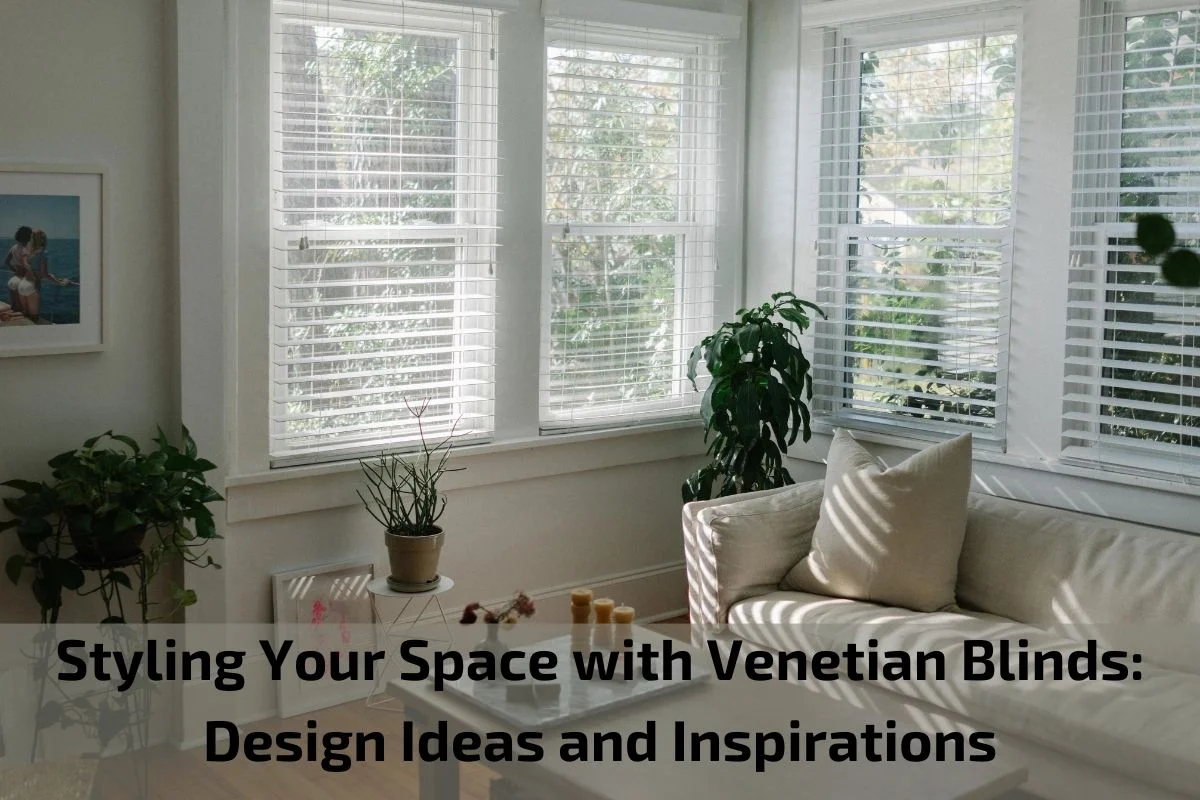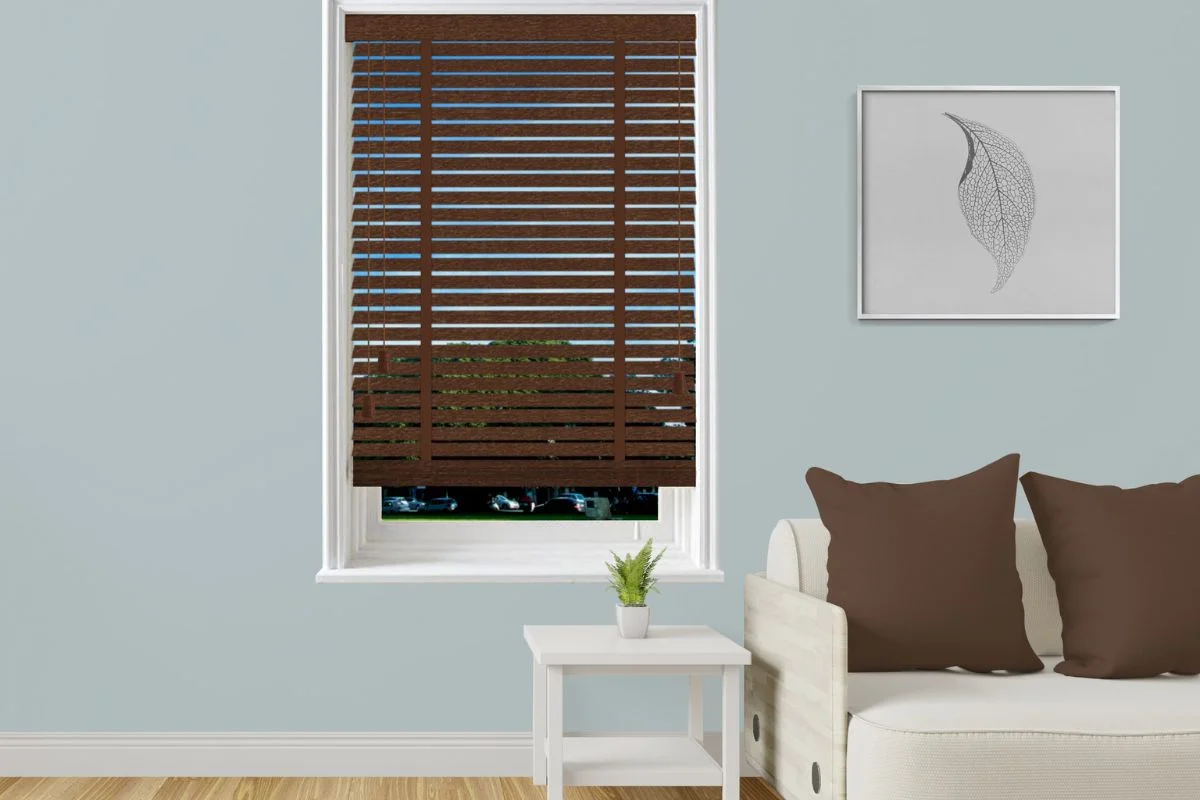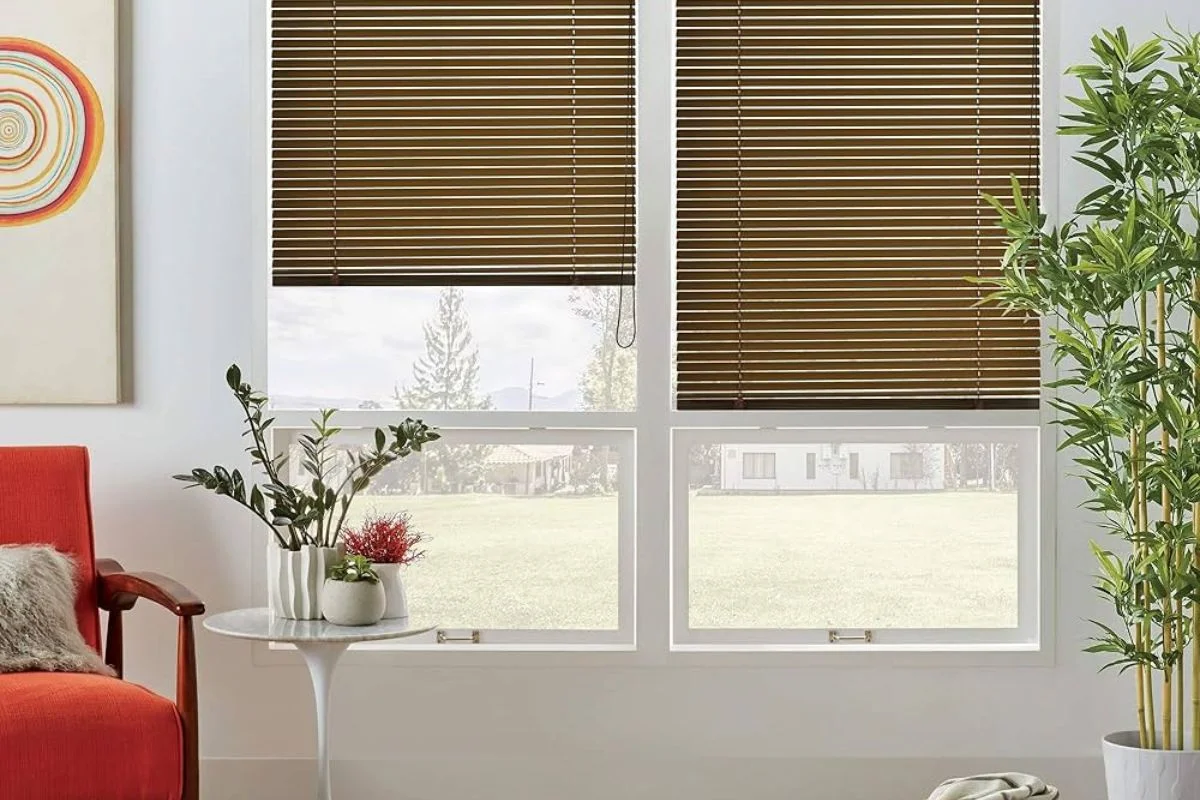Venetian blinds have long been celebrated for their timeless elegance and practical functionality, making them a staple in interior design for decades. Their versatile design and ability to complement a wide range of decor styles have made them a popular choice for homeowners looking to add both style and functionality to their living spaces.
In this article, we’ll explore the art of styling your space with Venetian blinds, offering design ideas and inspirations to help you create a visually stunning and harmonious environment. Whether you’re seeking to enhance the aesthetic appeal of your home or looking for innovative ways to integrate Venetian blinds into your decor scheme, you’ll find plenty of inspiration and guidance to transform your space into a stylish retreat. Join us as we delve into the world of Venetian blinds and discover how these versatile window treatments can elevate the design and ambiance of any room.
Brief History and Origin of Venetian Blinds
Venetian blinds, although widely associated with the city of Venice, Italy, actually have origins that trace back to ancient Persia. The earliest prototypes of Venetian blinds were believed to have been created around 1000 BCE, where they were initially crafted from intricately woven bamboo or reeds. These early blinds served a practical purpose, helping to regulate sunlight and airflow while providing privacy within homes.
The design and concept of Venetian blinds evolved over the centuries, spreading throughout the Middle East and eventually reaching Europe during the Renaissance period. It was in Venice, Italy, during the 18th century, where the modern concept of Venetian blinds as we know them today began to take shape. Venetian traders were credited with bringing the concept of adjustable blinds from the East, and the city became known for its skilled craftsmen who produced finely crafted wooden blinds.
Venetian blinds gained popularity across Europe and North America during the 19th and 20th centuries, becoming a staple in both residential and commercial spaces. The introduction of metal and aluminum slats in the mid-20th century further enhanced the durability and versatility of Venetian
Definition and components of Venetian blinds
Venetian blinds are a type of window treatment consisting of horizontal slats that can be tilted to control the amount of light entering a room and raised or lowered to adjust privacy levels. They are characterized by their adjustable slats, which are typically made from materials such as wood, aluminum, vinyl, or faux wood.
Key components of Venetian blinds include:
Slats: The horizontal, parallel slats that make up the main body of the blind. These slats can vary in width, material, and color, providing flexibility in design and functionality.
Tilt Mechanism: A mechanism located at the top of the blinds that allows the slats to be tilted open or closed. This mechanism enables users to control the angle of the slats to regulate the amount of light and privacy in a room.
Lift Cord or Wand: A cord or wand mechanism used to raise or lower the blinds. Pulling the lift cord or rotating the wand adjusts the position of the slats, allowing the blinds to be raised to the top of the window or lowered to cover the window opening.
Headrail: The top portion of the blinds where the slats are attached. The headrail contains the mechanisms for tilting and lifting the blinds and is typically mounted above the window frame.
Valance: An optional decorative piece that covers the top of the blinds and the headrail, providing a finished look to the window treatment. Valances come in various styles and can be customized to match the decor of the room.
Advantages and Disadvantage of Venetian Blinds
Venetian blinds offer several advantages as window treatments, but they also come with some disadvantages that should be considered. Here’s a closer look at both the pros and cons:
Advantages:
Light Control: Venetian blinds allow for precise control over the amount of light entering a room. By adjusting the angle of the slats, users can easily regulate the level of brightness, glare, and UV exposure, creating a comfortable environment.
Privacy: The adjustable slats of Venetian blinds offer excellent privacy control. When fully closed, they prevent outsiders from seeing into the room while still allowing occupants to see outside.
Versatility: Venetian blinds come in a variety of materials, colors, and slat widths, making them versatile enough to complement any interior decor style. Whether you prefer a modern, minimalist look or a more traditional aesthetic, there’s a Venetian blind option to suit your taste.
Durability: Depending on the material chosen, Venetian blinds can be highly durable and long-lasting. Options such as aluminum or faux wood blinds are resistant to moisture, fading, and warping, making them ideal for high-humidity environments like kitchens and bathrooms.
Easy Maintenance: Venetian blinds are relatively easy to clean and maintain. Regular dusting with a soft cloth or vacuum cleaner attachment helps keep them looking fresh and new, while occasional spot cleaning can address any stubborn stains or dirt buildup.
Disadvantages:
Limited Insulation: Unlike some other window treatments like curtains or cellular shades, Venetian blinds offer minimal insulation against heat loss or gain. While they can help block out sunlight and reduce solar heat gain to some extent, they are not as effective at retaining indoor heat during colder months.
Noise and Drafts: Venetian blinds may allow drafts and noise to enter the room through gaps between the slats and around the window frame. While this can be mitigated to some degree with proper installation and sealing, it’s important to consider potential issues with insulation and soundproofing.
Dust Accumulation: The horizontal slats of Venetian blinds can attract dust and dirt over time, requiring regular cleaning to maintain their appearance and functionality. Dusting and cleaning each slat individually can be time-consuming and may require extra effort.
Cord Safety Hazards: Traditional Venetian blinds often come with lift cords or wand controls, which can pose a safety risk, especially in homes with young children or pets. Cordless options or cord safety devices can help minimize this risk, but it’s important to be aware of potential hazards.
Choosing the Right Venetian Blinds
Selecting the perfect Venetian blinds for your space involves considering various factors to ensure they complement your decor, meet your functional needs, and fit your budget. Here are some key considerations to help you choose the right Venetian blinds:
Window Measurements: Begin by accurately measuring the width and height of your windows. Venetian blinds come in standard sizes, but custom options are also available to ensure a perfect fit. Consider whether you want the blinds to fit inside or outside the window frame.
Material Selection: Venetian blinds are available in a range of materials, including wood, aluminum, faux wood, and vinyl. Each material offers distinct benefits in terms of aesthetics, durability, and maintenance requirements. Wood blinds add warmth and natural beauty to a space, while aluminum blinds are lightweight and moisture-resistant, ideal for high-humidity areas like kitchens and bathrooms.
Slat Width: Venetian blinds come in various slat widths, typically ranging from 1 inch to 2 inches. Narrower slats provide a more contemporary look and allow for better light control, while wider slats offer a more traditional appearance and can make a bold design statement.
Color and Finish: Consider the color and finish of the blinds in relation to your existing decor and color scheme. Opt for neutral tones for a timeless and versatile look, or choose bold colors or wood stains to add a pop of personality to your space. Matte, glossy, or textured finishes can also impact the overall aesthetic of the blinds.
Operating Mechanism: Venetian blinds can be operated using a variety of mechanisms, including tilt cords, wands, or motorization. Decide which type of control mechanism best suits your preferences and needs. Cordless options offer a clean and streamlined look while enhancing safety, particularly in homes with children or pets.
Budget: Determine your budget for Venetian blinds, taking into account factors such as material, size, and customization options. While wood blinds may come at a higher price point, they offer luxurious aesthetics and long-term durability. Aluminum or faux wood blinds, on the other hand, provide more budget-friendly options without sacrificing style or functionality.
Customization Options: Explore customization options such as decorative tapes, valances, and slat sizes to personalize your Venetian blinds and achieve the desired look for your space.
Installation and Maintenance Tips
Proper installation and regular maintenance are essential for ensuring the functionality, durability, and appearance of your Venetian blinds. Here are some installation and maintenance tips to help you get the most out of your window treatments:
Installation:
Begin by carefully reading the manufacturer’s instructions provided with your Venetian blinds.
Use appropriate tools and hardware for installation, including a drill, screws, and a level.
Measure and mark the placement of mounting brackets on the window frame or wall, ensuring they are evenly spaced and aligned.
Securely attach the mounting brackets using screws, ensuring they are firmly anchored to the surface.
Install the headrail of the blinds into the mounting brackets, making sure it is level and secure.
Test the blinds to ensure they operate smoothly and adjust properly before finishing installation.
Maintenance:
Regularly dust your Venetian blinds using a soft cloth, duster, or vacuum cleaner with a brush attachment to remove dust and debris from the slats.
For deeper cleaning, fill a bathtub or large basin with warm water and a mild detergent solution. Remove the blinds from the window and immerse them in the soapy water, gently agitating to loosen dirt.
Rinse the blinds thoroughly with clean water and allow them to air dry completely before reinstallation.
Avoid using harsh chemicals or abrasive cleaners on your blinds, as they can damage the finish and material.
Check the lift cords or wand mechanism regularly for signs of wear or damage. Replace any damaged cords or components to ensure smooth operation.
Inspect the slats and hardware periodically for signs of rust, corrosion, or warping. Address any issues promptly to prevent further damage and maintain the integrity of your blinds.
Consider applying a protective coating or treatment to wooden blinds to enhance their durability and resistance to moisture and UV exposure.
Conclusion
Venetian blinds offer a timeless and versatile window treatment solution that combines style, functionality, and practicality. From their origins in ancient Persia to their modern-day popularity in homes and offices worldwide, Venetian blinds have stood the test of time as a classic choice for controlling light, enhancing privacy, and adding visual interest to any space.
ABU DHABI SHOWROOM
Abu Dhabi Island, Al Salam Street
Behind Abu Dhabi Municipality and FAB bank
Heirs. Of Ibrahim G. Sultan Al Suwaidi Building
ONLINE FURNITURE – Showroom no. S2
Abu Dhabi,
Landline: 02 55 66 748
Phone : 056 600 9626, 0567 023 023, 02-67-21-444
DUBAI BRANCH
Risala Furniture LLC 9 24 A street, Al Quoz 1 Dubai – United Arab Emirates
Landline: 04-2959449
Phone: 056-600-9626




